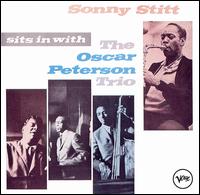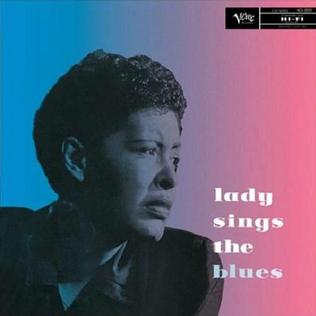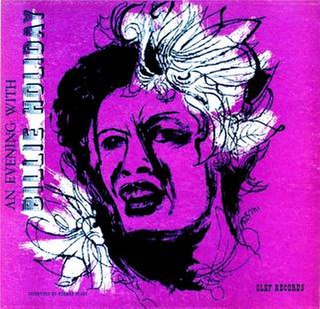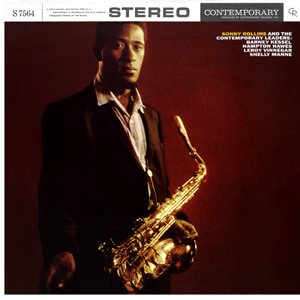
Barney Kessel was an American jazz guitarist. Known in particular for his knowledge of chords and inversions and chord-based melodies, he was a member of many prominent jazz groups as well as a "first call" guitarist for studio, film, and television recording sessions. Kessel was a member of the group of session musicians informally known as the Wrecking Crew.

Mitchell Herbert Ellis was an American jazz guitarist. During the 1950s, he was in a trio with pianist Oscar Peterson.

Oscar Frederic Moore was an American jazz guitarist with the Nat King Cole Trio.
"Takes Two to Tango" is a popular song, written by Al Hoffman and Dick Manning and published in 1952. Two versions of the song, by Pearl Bailey and by Louis Armstrong, charted in that year.

The Astaire Story is a 1952 album by Fred Astaire. The album was conceived of and produced by Norman Granz, the founder of Clef Records, who was also responsible for the Jazz at the Philharmonic concerts, at which all of the musicians on the album had performed.

Stan Getz and the Oscar Peterson Trio is a 1958 studio album by Stan Getz, accompanied by the Oscar Peterson Trio.

Sonny Stitt Sits in with the Oscar Peterson Trio is a 1959 album by Sonny Stitt, accompanied by the Oscar Peterson trio.

Buddy DeFranco and Oscar Peterson Play George Gershwin is a 1954 album by Buddy DeFranco, accompanied by the Oscar Peterson trio, of songs composed by George Gershwin. Billboard in 1955 wrote: "The flashy talents of clarinetist DeFranco and pianist Peterson jell neatly here in the well-arranged ork setting. [...] The fact that they play Gershwin isn't important, since both men reduce the material at hand into what has become their personal cliches."

Lady Sings the Blues is an album by American jazz vocalist Billie Holiday released in December 1956. It was Holiday's last album released on Clef Records; the following year, the label would be absorbed by Verve Records. Lady Sings the Blues was taken from sessions taped during 1954 and 1956. It was released simultaneously with her ghostwritten autobiography of the same name.

An Evening with Billie Holiday is the second 10-inch LP studio album by jazz singer Billie Holiday, released by Clef Records in 1953.

Sonny Rollins and the Contemporary Leaders is a 1959 album by jazz saxophonist Sonny Rollins, recorded for the Contemporary label, featuring performances by Rollins with Hampton Hawes, Barney Kessel, Leroy Vinnegar, and Shelly Manne with Victor Feldman added on one track. It was the last studio record Rollins made in the 1950s. Following the recording of "Sonny Rollins and the Contemporary Leaders", Rollins toured Europe in the spring of 1959, then took a hiatus from recording and performing in public that ended in 1962 with his LP The Bridge.

The Greatest Jazz Concert in the World is a 1967 live album featuring Duke Ellington and his orchestra, Ella Fitzgerald, Oscar Peterson, T-Bone Walker, Coleman Hawkins, Clark Terry and Zoot Sims. It was released in 1975.

Four! is a 1958 album by Hampton Hawes, originally released on the Contemporary label and reissued in 1991 by Original Jazz Classics.

Going For Myself is a 1957 jazz album by Harry "Sweets" Edison and Lester Young, accompanied by Oscar Peterson. The album is one of Young's last studio recordings.

Some Like It Hot is an album by guitarist Barney Kessel performing adaptations music from Billy Wilder's 1959 film Some Like It Hot, recorded in 1959 and released on the Contemporary label.

Pres and Sweets is an album by American jazz saxophonist Lester Young and trumpeter Harry Edison recorded in 1955 and originally released on the Norgran label.

Gerry Mulligan Meets Stan Getz is an album by American jazz saxophonists Gerry Mulligan and Stan Getz featuring performances recorded in 1957 released on the Verve label.

King of the Tenors is an album by American jazz saxophonist Ben Webster featuring tracks recorded in 1953 for the Norgran label and originally released as The Consummate Artistry of Ben Webster. The album was re-issued in 1957 on Verve Records as King of the Tenors, and has been released with that title ever since. Webster is accompanied by The Oscar Peterson Trio, and, on several tracks, by Benny Carter and Harry "Sweets" Edison.

Oscar Peterson Plays George Gershwin is a 1952 album by pianist Oscar Peterson of popular songs written by George Gershwin and Ira Gershwin.

Songs for Hip Lovers is a 1957 vocal album by the jazz bandleader Woody Herman, arranged by Marty Paich.



















